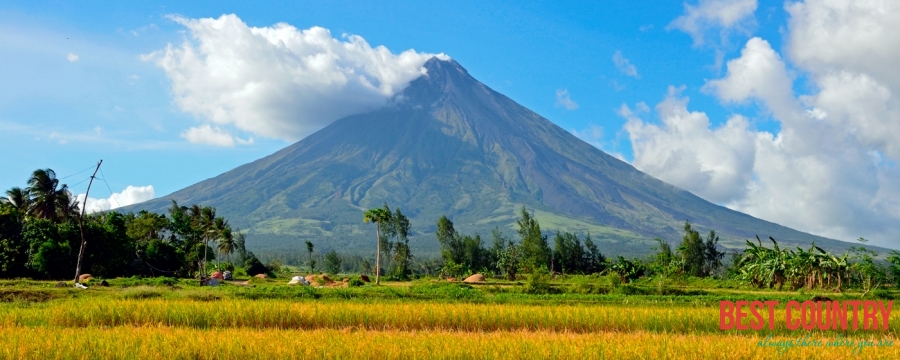Climate of the Philippines

There are three seasons: tag-init or tag-araw, the hot dry season or summer from March to May; tag-ulan, the rainy season from June to November; and tag-lamig, the cool dry season from December to February. The southwest monsoon (from May to October) is known as the Habagat, and the dry winds of the northeast monsoon (from November to April), the Amihan. Temperatures usually range from 21°C (70°F) to 32°C (90°F) although it can get cooler or hotter depending on the season. The coolest month is January; the warmest is May.
The average yearly temperature is around 26.6°C (79.88°F). In considering temperature, location in terms of latitude and longitude is not a significant factor. Whether in the extreme north, south, east, or west of the country, temperatures at sea level tend to be in the same range. Altitude usually has more of an impact. The average annual temperature of Baguio at an elevation of 1,500 meters (4,900 feet) above sea level is 18.3°C (64.9°F), making it a popular destination during hot summers. Likewise, Tagaytay is a favored retreat.
Sitting astride the typhoon belt, most of the islands experience annual torrential rains and thunderstorms from July to October, with around nineteen typhoons entering the Philippine area of responsibility in a typical year and eight or nine making landfall. Annual rainfall measures as much as 5,000 millimeters (200 inches) in the mountainous east coast section but less than 1,000 millimeters (39 inches) in some of the sheltered valleys. The wettest known tropical cyclone to impact the archipelago was the July 1911 cyclone, which dropped over 1,168 millimetres (46.0 in) of rainfall within a 24-hour period in Baguio City. Bagyo is the local term for a tropical cyclone in the Philippines.